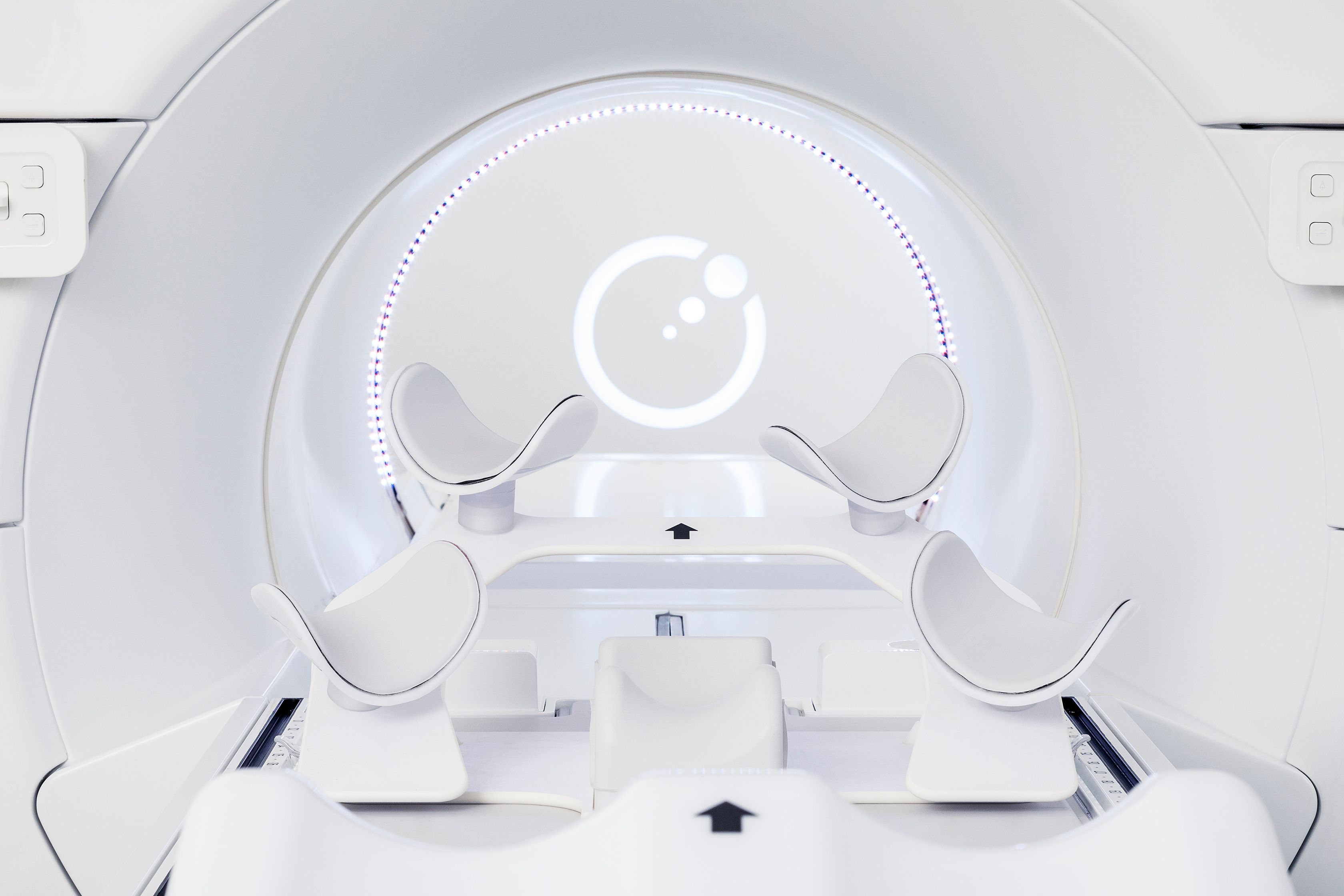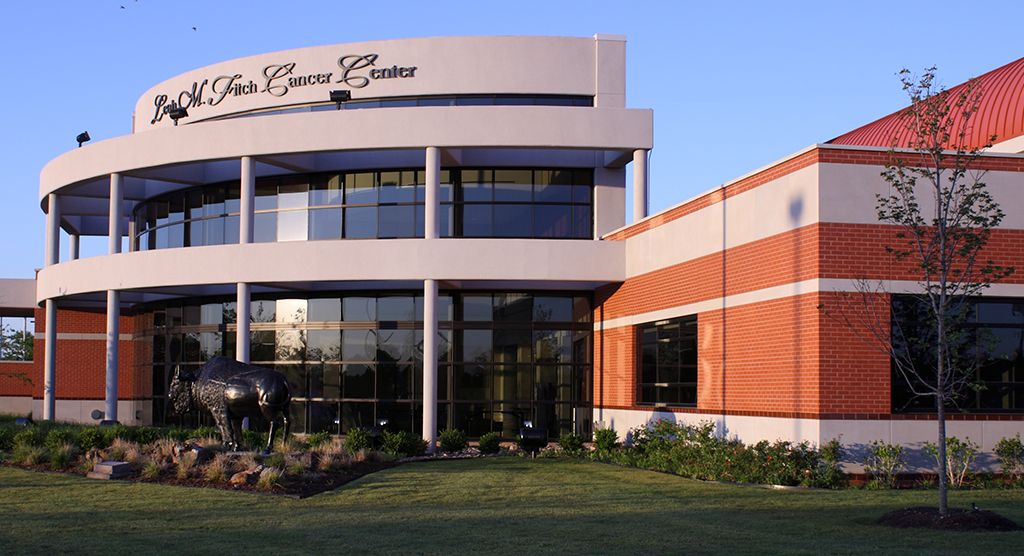Gender equality – where’s the science in it?


To celebrate the International Day of Women and Girls in Science, we have brought together three female Elekta leaders to discuss their perspectives on gender equality in science-based roles. Here you’ll find out what the current challenges are and what can be done to entice more women to work in this field.
Giulia Thompson, PhD, Head of Systems Physics – Linac; Taylor Berg, Senior Principal, Global Clinical Operations; and Therese Munger, PhD, Principal, Global Clinical Operations speak with Elekta to openly discuss their personal experiences.
Elekta: Why did you choose a career in science?
Giulia: It happened during my last year of school in Bologna, Italy. My favorite subjects were Latin, ancient Greek and philosophy, and I was set to study classics at university. However, one day during a physics lesson, I heard about Einstein’s explanation for the photoelectric effect and that completely changed my direction for my academic and professional path.
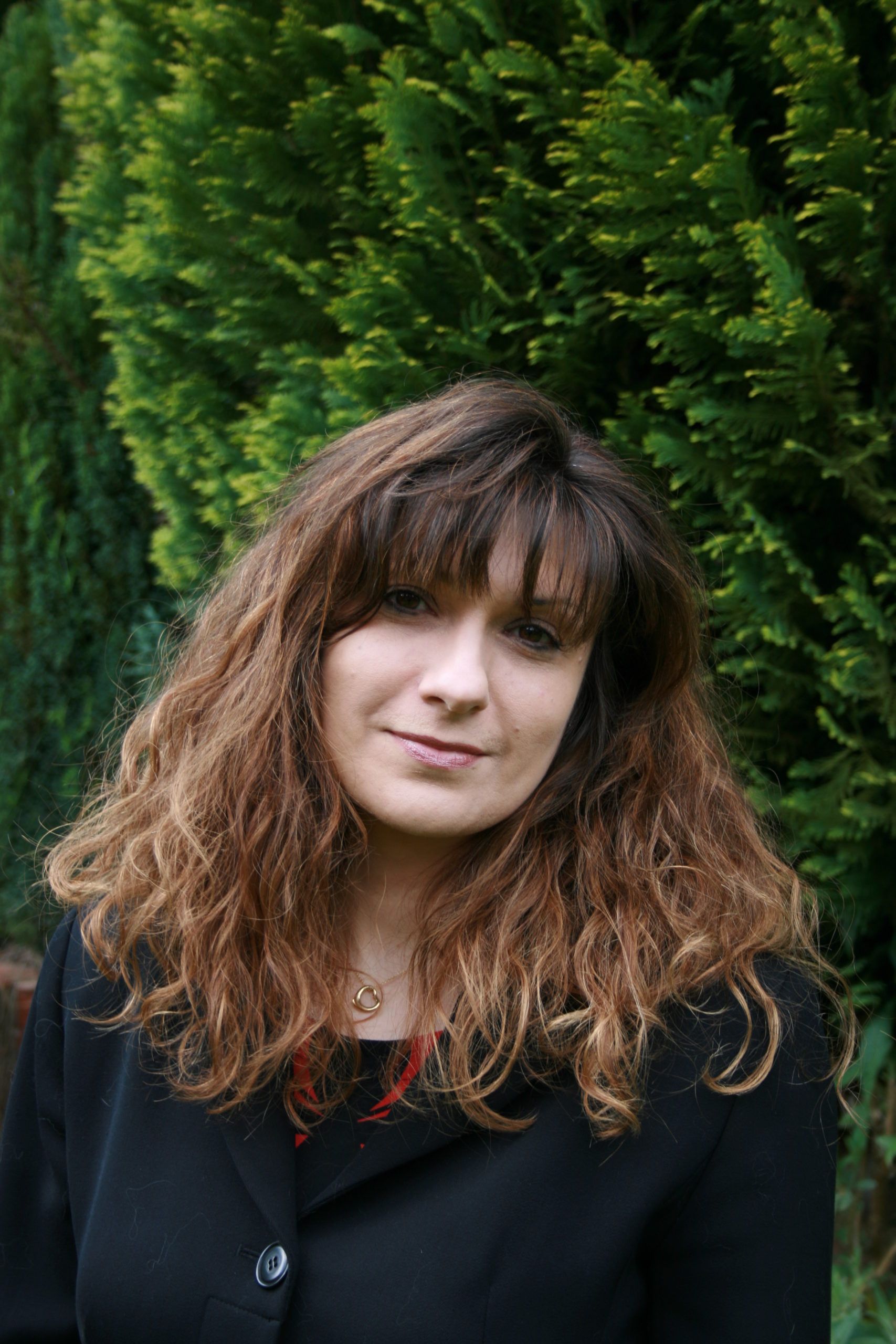
Taylor: During my early college years I was working at a radiology clinic and they were building a new cancer center. I didn’t know anything about radiation therapy until I shadowed the department. Like Giulia, this opened my eyes and I changed colleges to study radiation therapy at Thomas Jefferson University.
Therese: There was no ‘Eureka!’ moment for me as both my parents are chemists, so I always knew I wanted to study science. They were possibly my first inspiration, but when I was working at a small treatment planning company, I quickly realized that I enjoyed problem-solving, working with customers, and finding creative solutions – all of which I am able to do as a scientist.
Giulia: Thinking back, my high school physics teacher was certainly a significant influence on my career. She was an intelligent lady and a very effective teacher, who also had a previous, successful career as a nuclear physicist. She made me realize that I could follow that path, even if I had never considered it before. It was as much of a surprise to me as it was for my family and friends.
Elekta: What does gender equality look like to you and how do you see it in the scientific community?
Giulia: In my mind, gender equality is no different from any other form of equality – it’s facing no form of bias. Multiple reasons are often suggested to explain gender inequality, but whilst we live in an increasingly politically correct society, I think unconscious bias can often still be the ultimate invisible barrier to equality, especially in the more senior roles.
The gender gap and the trend of inequality is greatest at the more advanced career stages of the scientific community. The Institute of Physics in the UK reported that the gender split for academic physics staff was significantly wider for professors than for all other categories. The number of female professors has increased from six percent in 2008 to 12 percent in 2018 and although this is a positive change the rate is still rather slow.
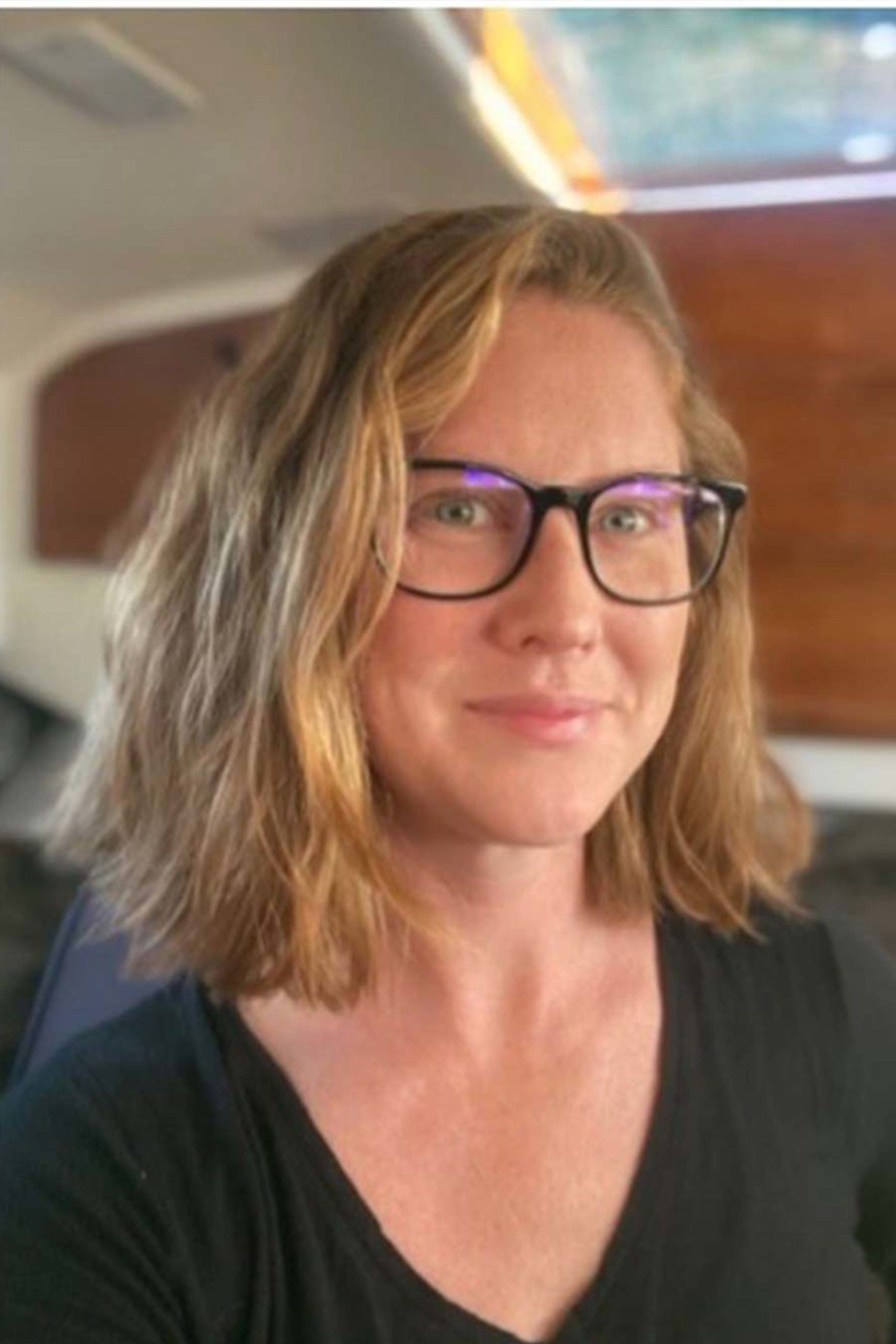
Taylor: I agree. To me, gender equality also means the combination of awareness plus opportunity. Before we can give women the prospect of joining the scientific community, we first need to raise awareness about what the opportunities are.
Therese: Absolutely. My son is a senior in high school and currently applying for colleges and scholarships. I was impressed to see how many are available for women and minorities entering a STEM (Science, Technology, Engineering, and Mathematics) field in relation to the number available to men. This will encourage more women to enter STEM fields, although we do need to ensure students receive the math and science education they need in high school so they can be successful in college.
Taylor: Yes, we need to raise awareness earlier. Anyone interested in a scientific career will likely need to start their education in science sooner to prepare for college or university.
Giulia: Education is key and so is the visibility of role models that can trigger the process. Here in Crawley, we have been engaging with schools and universities via talks, visits, and STEM events such as the Big Bang Fair. We also award an annual prize for the best female engineering student at Lancaster University.
Taylor: I think we all would agree that the future is bright for women in science and we need to do more if we wish to continue making our mark.
Elekta: Is there gender equality in your field?
Therese: I don’t think so, although I think we are moving in the right direction. If you look at the most recent AAPM salary survey, women’s salaries are 10 percent less than men’s.
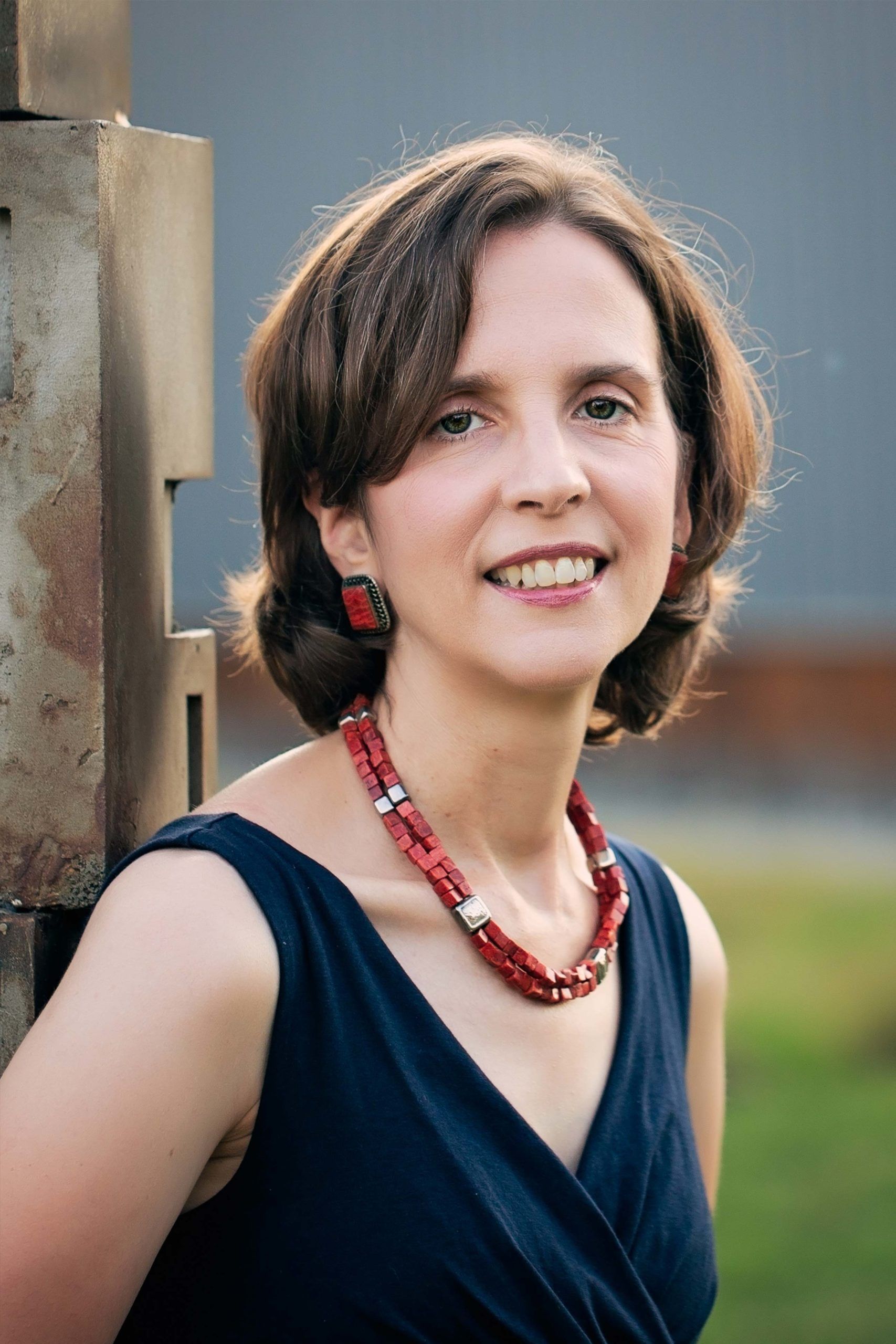
Giulia: Physics is usually reported to be one of the STEM subjects with the largest gender gaps. However, within medical physics, the gender mix is much more balanced, with female representation at around 40 percent in the UK.
Taylor: Speaking from my experience in the oncology clinical department, women do make up the majority of the radiation therapist roles. However, it is interesting that patients often refer to men in these roles as ‘doctor’ whereas the women are called ‘nurse’. So even when there are more women in a job, the perception from the public can be unequal, putting men at a ‘higher’ rank. So, there’s a need for something to be done to address gender equality in and outside of the workplace.
Giulia: I have read research that demonstrates that increased flexibility at work for both men and women would assist in equality and can significantly help to address the gender pay gap. Organizations could also include unconscious bias training in their personal development offerings at all levels.
Therese: Elekta is helping to address gender equality exactly this way and allows us, for example, to work from home. They are also very supportive of female physicists. I attended a linear accelerator physics course last year and was impressed to see that of the six physicists in attendance, five were female.
Giulia: I think it’s great to see that Elekta has been maintaining diversity and inclusion as a very visible item on the corporate strategy. The goal is to increase the underrepresented gender (today female) in senior leadership positions to 30 percent by 2022/23, as well as other initiatives such as narrowing the gender pay gap.


